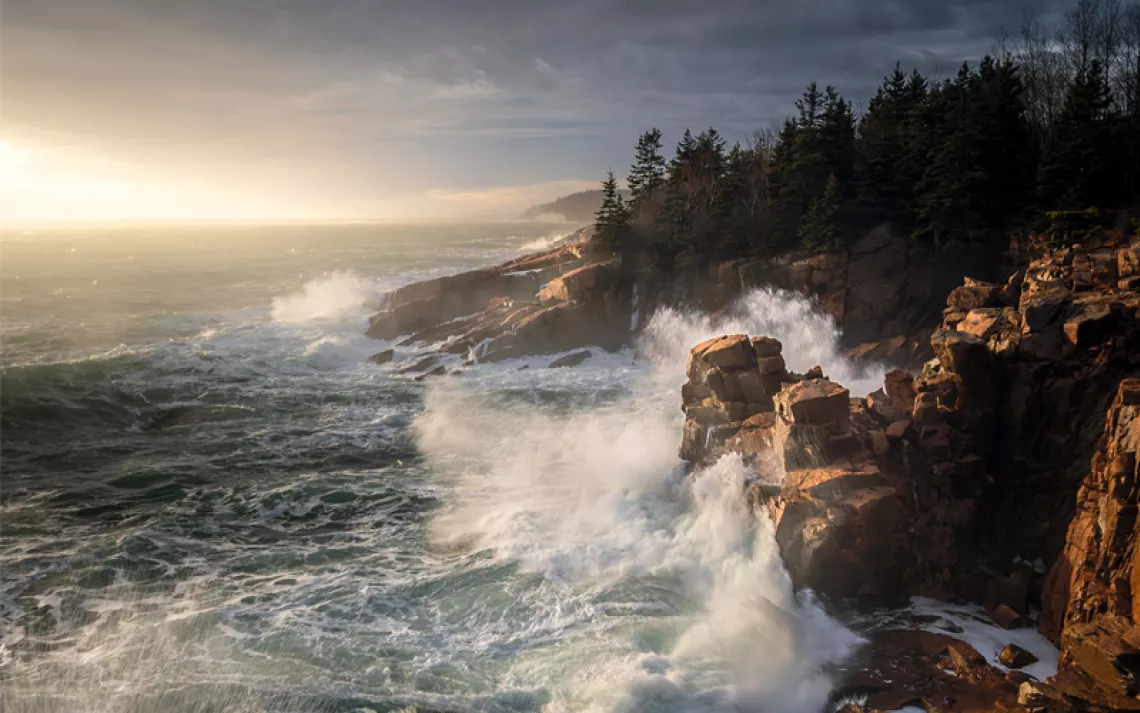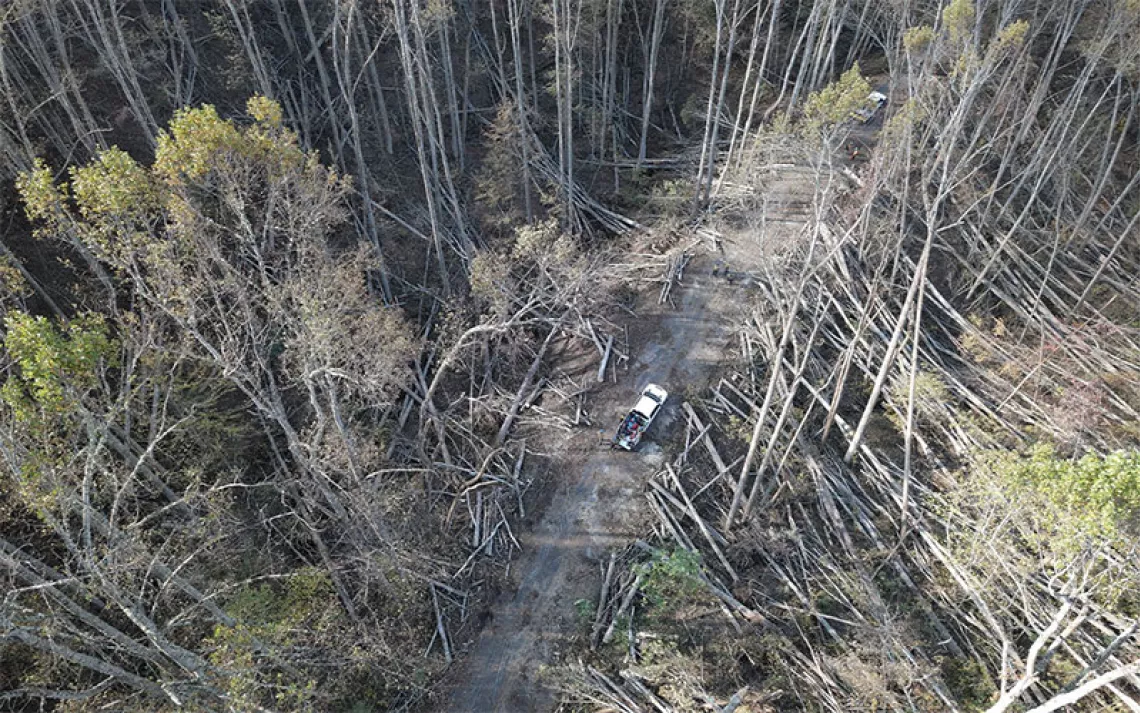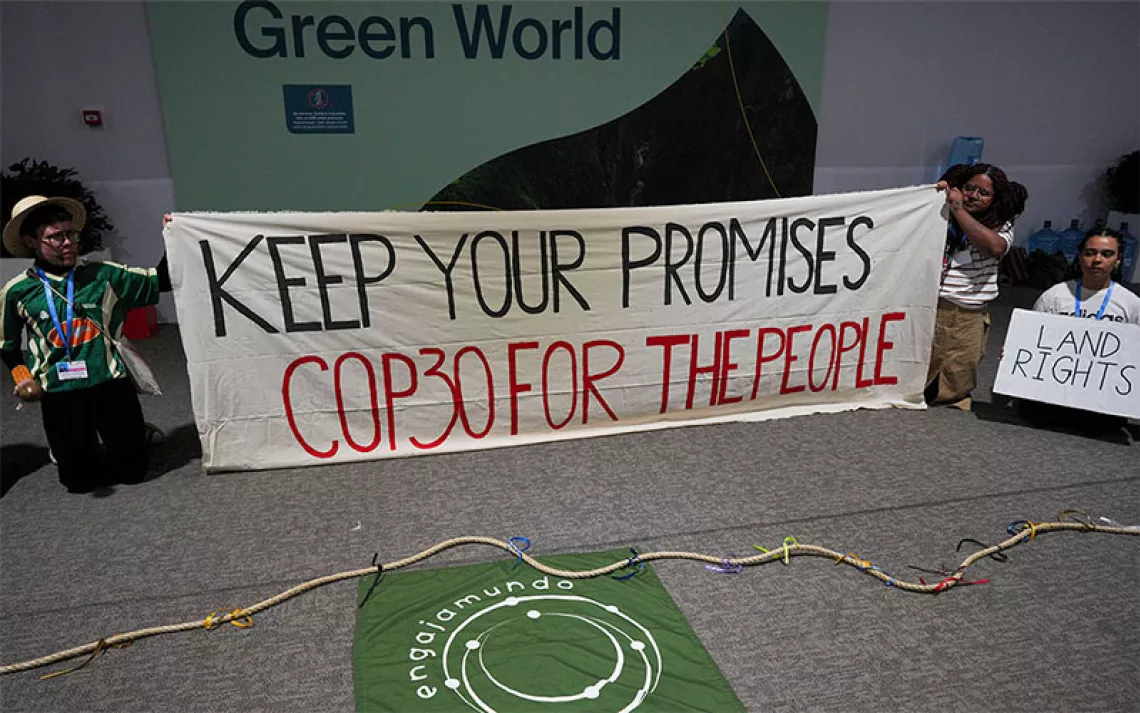5 Must-Read Newsletters for the Climate-Curious
Get relevant environmental and climate writing straight to your inbox

Photo by Supatman/iStock
I don’t always have time to skim through a pages-long article or read a book on the climate and environmental happenings of the world, but I can almost always make space for an email. If you’re anything like me and want to know more about the climate crisis, learn how climate-related issues affect your day-to-day life, or just feel more connected to the earth and the environment(s) around you, these five newsletters will deliver quality, well-researched writing to your inbox.
This is by no means an exhaustive list of all the “best” climate newsletters out right now, but rather a compilation of a few that I’ve found myself drawn to as someone who is interested in, and reports on, the climate and environmental justice movements.
Possibilities
Yessenia Funes is one of the journalists who got me into climate and environmental reporting in the first place, as through her almost-decade-long career in storytelling, she revealed to me how fluid, joyous, and relevant the climate and environmental justice movements really are. In Possibilities, she shares her diary-style thoughts on the week’s climate news and shows how the climate crisis intersects with community—from eco-lessons learned by queer and trans girls that we can all use to the climate messages in Pixar’s Elemental and from New York Fashion Week highlighting garment workers’ rights to small-scale farmers in Brazil relearning ancient ways of agroforestry. She also includes what she’s listening to, feeling, and seeing as well as her own artistic work, like collages and poetry.
Word in Green
Word in Green is the climate newsletter of Word in Black, a newsroom dedicated to centering the stories of Black Americans, featuring work from publishers like the Houston Defender, AFRO News, the Atlanta Voice, and Washington Informer, to name a few. I like Word in Green because it compiles a list of relevant articles that show the ways in which climate justice is racial justice and also includes a section about other climate conversations on the web as well as climate justice activists to follow.
An Irritable Métis
Chris La Tray is a Métis storyteller who lives near Missoula, Montana. Oftentimes, climate and environmental news can—rightfully—be heavy. But La Tray's newsletter, An Irritable Métis, balances his thoughts on being a member of a tribe of Indigenous persons called Landless (“I am a member of a tribe of Indians who were called the ‘landless’ Indians of Montana for more than 150 years. Think about that. Indigenous people in North America, landless? Wouldn’t that make you irritable too?”) and all the ways white supremacy and capitalism exacerbate environmental crises with his beautiful musings on nature and photos of hummingbirds or blooming flowers outside his window. His newsletters are funny, honest, and read like love letters to the earth. And even when his writing is centered on rage or disappointment, it still reminds me to slow down and quite literally smell the roses.
The Overview
Atmos’s the Overview is for those who want to contextualize the climate crisis and see the intersections between justice, climate, and the environment. It’s a weekly newsletter by the publication’s editor in chief, Willow Defebaugh, featuring articles that breed a “holistic” view of the earth with abstract yet sensitive photography and topics. For example, through Willow’s curation of articles, I’ve learned to expand how I consider waste and decomposition; found the beauty in the fractal patterns of snowflakes, DNA, and pinecones; and even realized the deep connection between pleasure and activism.
Bad Environmentalist
With Bad Environmentalist, Paige Curtis truly makes me feel like everything will be OK. In her self-described “snarky monthly treatise on climate, culture, and the environment,” Curtis accepts her less-than-perfect kind of environmentalism, making it easier to accept mine. She’s open, honest, and refreshingly human, reminding me that what I’m doing (or not doing) is enough. Bad Environmentalist also captures the full scope of existing in a climate crisis—it’s not just writings of scenic nature but rather the human experience, which includes feelings of annoyance, disgust, isolation, and disappointment.
 The Magazine of The Sierra Club
The Magazine of The Sierra Club



